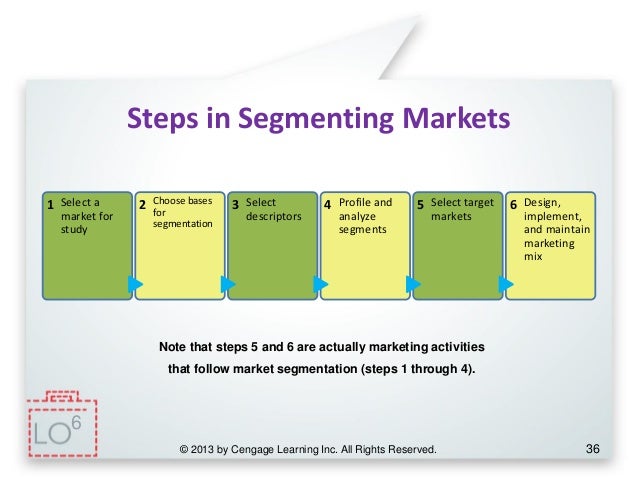Week 6
Chapter 10
Chapter 10 is about Product Concepts. A product is everything, both favorable and unfavorable, that a person receives in an exchange. Products can be either business or consumer products. As mentioned in Chapter 7, a business product is used to manufacture other goods or services. An essential part of a product's success is branding. Branding is about separating your product from other companies, and creating your own image in their minds. A products success depends largely on the businesses ability to distinguish their product from others in the eyes of the consumers. When a business gains exclusive rights to a brand or part of a brand, that is called trademark. Another essential part of a successful product is packaging. Packaging does not only serve the purpose of holding the product. It also creates an image of that product in the consumer's mind. For example, every one knows what a can of Pringles looks like.
Phone Soap
 We watched the Shark Tank episode on PhoneSoap this week in class. PhoneSoap is a product that cleans and charges your phone. This product is solving the issue of dirty phones. Our phones are a lot dirtier than a public toilet, in fact. However, some of the sharks argued that the target market in this case was too small. They argued that not enough people would spend the money or take the time to clean their phones. It was also discussed whether the product would be sold to consumers or to businesses. Examples of businesses this could be sold to are hospitals, schools, or offices. It could also be sold to the everyday consumer for homes. It is important for PhoneSoap to establish their best market and focus on making sure their product to best fit for that target market.
We watched the Shark Tank episode on PhoneSoap this week in class. PhoneSoap is a product that cleans and charges your phone. This product is solving the issue of dirty phones. Our phones are a lot dirtier than a public toilet, in fact. However, some of the sharks argued that the target market in this case was too small. They argued that not enough people would spend the money or take the time to clean their phones. It was also discussed whether the product would be sold to consumers or to businesses. Examples of businesses this could be sold to are hospitals, schools, or offices. It could also be sold to the everyday consumer for homes. It is important for PhoneSoap to establish their best market and focus on making sure their product to best fit for that target market.
/about/124314188-56a82f5e3df78cf7729cde31.jpg)





